
China has flying 2-seater taxis, launch delivery drones, bullet trains and robots that can change EV battery in 3 minutes. The United States answer to this:

China has flying 2-seater taxis, launch delivery drones, bullet trains and robots that can change EV battery in 3 minutes. The United States answer to this:
Samwise Gamgee in J.R.R. Tolkien’s The Lord of the Rings, specifically when the Ring tempts him with visions of power, offering to make him a great gardener-king over Mordor. Sam resists by recognizing his true desire: a simple life in a small garden, showing his humble, hobbit-sense and contentment, a key theme in Tolkien’s work about ordinary folk keeping darkness at bay:
He knew in the core of his heart that he was not large enough to bear such a burden, even if such visions were not a mere cheat to betray him. The one small garden of a free gardener was all his need and due, not a garden swollen to a realm; his own hands to use, not the hands of others to command.
A heart of gratitude is the key to lasting happiness.
If we lose the virile, manly qualities, and sink into a nation of mere hucksters, putting gain over national honor, and subordinating everything to mere ease of life, then we shall indeed reach a condition worse than that of the ancient civilizations in the years of their decay.
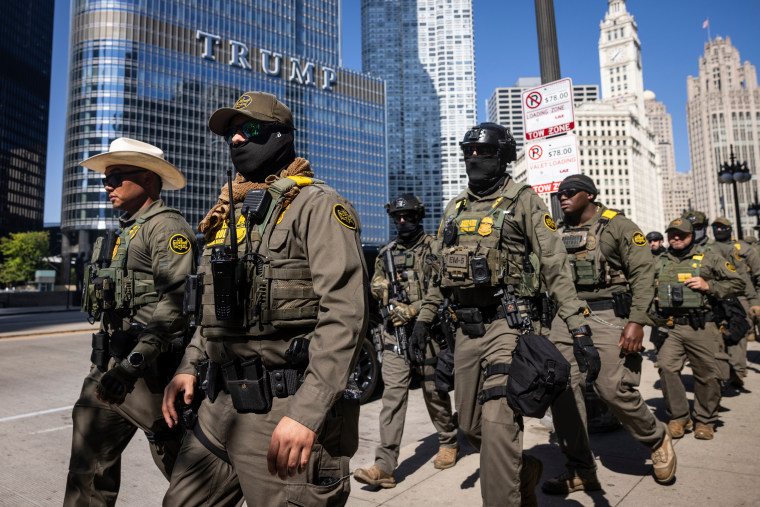
Timothy Snyder Trump’s likely next step:
What comes next? For the Nazis, the deportation and the pogrom of autumn 1938 were steps towards creating a centralised national police agency. In the US, something similar is unfolding with ICE: tasked initially to carry out deportations, it has taken on espionage roles, provoked citizens in the cities, and then is reinforced by soldiers of the National Guard. In these respects it is becoming something like a national police force, with ideological propaganda and connection to part of the armed services.
In one way, mass deportations and a national pogrom advanced the Nazi regime change. But this kind of instability was unpopular inside Germany – much as ICE raids are unpopular in US cities. The radical next steps were only possible under cover of war. That would be the classic next step in the regime change, the easy way to eliminate the internal enemy by identifying him with an external enemy. For Trump, a war with Venezuela (or someone) would be the next logical move in domestic politics.
It is not hard to see that Trump understands this, given all the militaristic talk and the murder of civilians in the Caribbean, including survivors killed in obvious violation of the law.
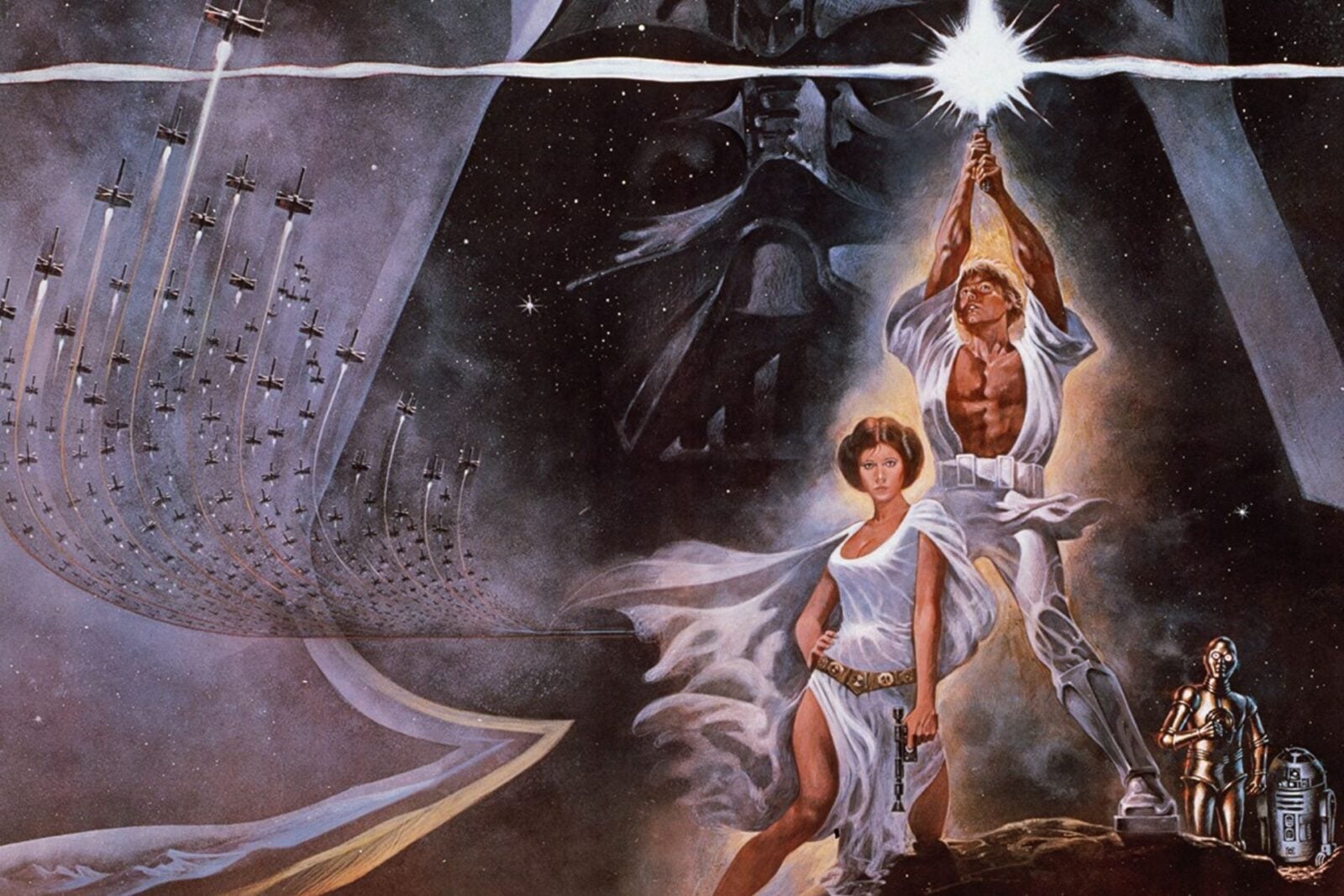
For its 50th anniversary, the original theatrical cut of Star Wars is set to return to theaters on February 17, 2027—possibly even in IMAX. Han shoots first, there’s no awkward CGI Jabba, no added “Saturn-style” rings around the Death Star. Even Mos Eisley has been restored to its original, analog wretched hive of scum and villainy.
The only remaining question: Will this re-release drop the “Episode IV: A New Hope” subtitle?

Yet Gen X isn’t just a time period; it’s also, as Rushkoff writes in “The GenX Reader,” “a culture, a demographic, an outlook, a style, an economy, a scene, a political ideology, an aesthetic, an age, a decade and a literature.” It’s a moment, a mood, an ethos and an enduring way of being, the hallmark characteristics of which — anticorporatism, anti-authoritarianism, ironic detachment, artistic independence, an existential horror of selling out and a live-and-let-live philosophy of life — feel like the antidote to a lot of what’s currently wrong in our culture. Lately, I’ve noticed that whenever I recount stories of my youth, the response is one of intense yearning, especially from young people, who never knew that mythical time before social media turned everyone into mirror stars and ruined social life.
[…]
Without doomscrolling, texting, emailing, online shopping, tweeting or posting, there seemed to be eons to fill. I remember lying on my carpeted bedroom floor, waiting for a particular song to come on the radio so I could record it. I remember long afternoons spent reading books that were far too adult for me, like “The Thorn Birds” (1977) or the “Flowers in the Attic” series (1979-87). “You had to figure out a way to keep yourself entertained,” says Molly Ringwald, 57, the queen of Gen X films, who starred in “Sixteen Candles” (1984), “The Breakfast Club” and “Pretty in Pink” (1986). “I was always creating or collaging or putting outfits together, singing, dancing. I didn’t have this little box to distract me.” Our focus wasn’t fractured, our attention spans hadn’t yet been destroyed. “You were always just working on your next script or your next idea — it’s not like the level of distraction now, and just being spread so thin,” says the director Gregg Araki, 65, who’s best known for the films in his queer “Teen Apocalypse” trilogy — “Totally F***ed Up” (1994), “The Doom Generation” (1995) and “Nowhere” (1997) — and who still doesn’t use social media.
As a Gen X’er—class of 1974—this is exactly why things felt different. We had the time and space to solve our own problems, to pick up instruments and actually learn them, to be fully present with our friends. Most importantly, we had the luxury of being bored. We could experience the world through our own eyes, without a million influencers telling us who we should be.
Gen X - the last generation to live life on its own terms.
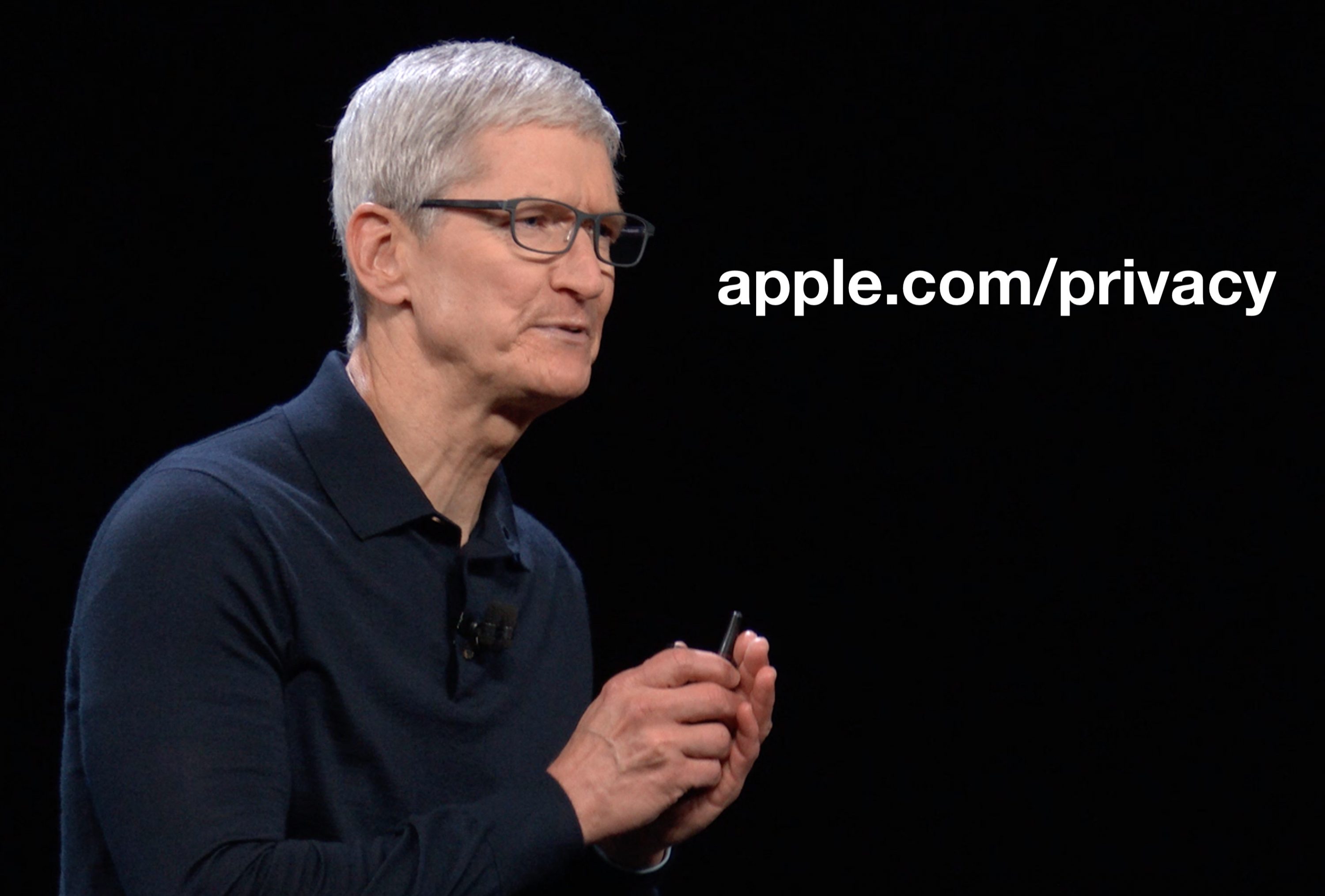
At a town hall event in 2018 hosted by MSNBC’s Chris Hayes and Recode’s Kara Swisher:
When asked what he would do if he were in Zuckerberg’s position, Cook replied: “What would I do? I wouldn’t be in this situation.”
“The truth is we could make a ton of money if we monetized our customer, if our customer was our product,” Cook said. “We’ve elected not to do that.”
“Privacy to us is a human right. It’s a civil liberty, and something that is unique to America. This is like freedom of speech and freedom of the press,” Cook said. “Privacy is right up there with that for us.”
Apple does have the best privacy record of any of the FANG companies to date.
At first glance, it may seem counterintuitive, but research consistently shows that giving people cash is far more transformative than providing services. And when you think about it, that makes perfect sense. How can those who are wealthy truly understand the daily challenges faced by people living in poverty?
Well-intentioned donors may assume that better schools, more supplies, or job-training programs are obviously helpful. But the reality is that much of the funding for these services never reaches the communities it’s meant to support—it flows instead to the business owners and organizations providing the services. Meanwhile, when people in poverty receive cash, they spend it locally, supporting neighborhood businesses and strengthening their own communities.
It’s similar to giving tax breaks to the wealthy: the money doesn’t make its way back to Main Street. Affluent individuals aren’t spending at local diners—they’re booking tables at Michelin-star restaurants. They’re not shopping at local stores—they’re buying luxury goods from high-end retailers.
Money circulates in the communities that already have it. Trickle-down economics doesn’t work at the national level, and trickle-down philanthropy doesn’t work either.
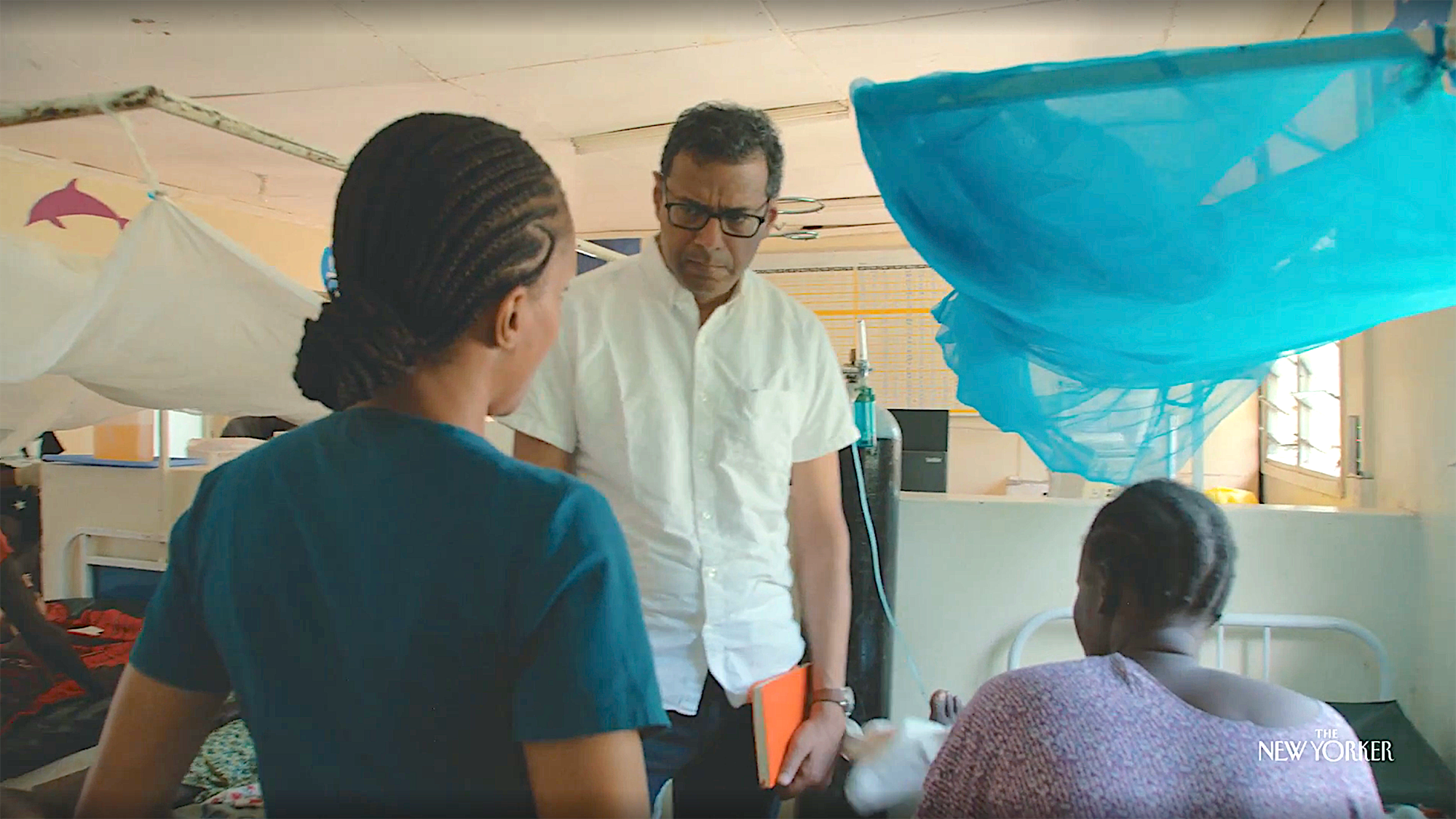
Atul Gawande of Harvard’s School of Public Healt on the effects of the Trump administration’s decision to shut down the U.S. Agency for International Development (USAID):
In the article, Gawande cited an analysis in The Lancet that estimated that USAID assistance—aimed at combatting diseases such as HIV, tuberculosis, malaria, and polio, reducing maternal and child deaths, and fighting malnutrition—had saved 92 million lives over two decades.
The dismantling of USAID, according to models from Boston University epidemiologist Brooke Nichols, “has already caused the deaths of six hundred thousand people, two-thirds of them children,” Gawande wrote. He noted that the toll will continue to grow and may go unseen because it can take months or years for people to die from lack of treatments or vaccine-preventable illnesses—and because deaths are scattered.
“We are now witnessing what the historian Richard Rhodes termed ‘public man-made death,’” Gawande wrote.
This is the trailer for an HBO documentary called Thoughts and Prayers about “the impact of the $3 billion active shooter preparedness industry on schools and communities across America”.
From David Ehrlich’s review in IndieWire:
Bulletproof desks that students can flip over at the first sign of trouble. A robot dog the size of a Pomeranian that jumps and yaps at the sight of an intruder. Inflatable body armor light enough for a first grader to blow up and hide behind. These are just a few of the more sensible products that are on display in the opening moments of Zackary Canepari and Jessica Dimmock’s utterly damning “Thoughts & Prayers” — the least farcical selection of props that contribute to America’s burgeoning active shooter defense industry, which now grosses more than three billion dollars per year.
Of course, that’s a small price to pay for the laughably transparent illusion that we’re taking any meaningful steps toward protecting our kids from being slaughtered in their classrooms. In a crumbling empire where common sense has been eroded by ideology, and the political will to solve a problem can’t hope to compete with the ghoulish impulse to profit from it, creating a new business sector might just be the only kind of healing that the richest country on Earth can afford.
Its is disgusting that we think this is an acceptable way to live in America.
Sean Duffy, the secretary of transportation, began a new campaign on Wednesday that he called “The Golden Age of Travel Starts With You".
From the Department of Transportation website:
Secretary Duffy posed a few key questions every flyer should ask themselves this holiday season to help Americans reach their destinations as quickly, efficiently and comfortably as possible:
- Are you helping a pregnant woman or the elderly with placing their bags in the overhead bin?
- Are you dressing with respect?
- Are you keeping control of your children and helping them through the airport?
- Are you saying thank you to your flight attendants?
- Are you saying please and thank you in general?
We can start with the guy at the top.
The Sagrada Família has become the tallest church in the world, after workers placed the first part of a cross at the top of its central tower. The Barcelona church will top 564 feet when the rest of the cross is placed in the next few months.

The Financial Times reporting:
Apple is stepping up its succession planning efforts, as it prepares for Tim Cook to step down as chief executive as soon as next year. Several people familiar with discussions inside the tech group told the Financial Times that its board and senior executives have recently intensified preparations for Cook to hand over the reins at the $4tn company after more than 14 years.
John Ternus, Apple’s senior vice-president of hardware engineering, is widely seen as Cook’s most likely successor, although no final decisions have been made, these people said.
People close to Apple say the long-planned transition is not related to the company’s current performance, ahead of what is expected to be a blockbuster end-of-year sales period for the iPhone. […]
The company is unlikely to name a new CEO before its next earnings report in late January, which covers the critical holiday period. An announcement early in the year would give its new leadership team time to settle in ahead of its big annual keynote events, its developer conference in June and its iPhone launch in September, the people said. These people said that although preparations have intensified, the timing of any announcement could change.
I absolutely love the idea of Cook’s successor being a product person like Ternus, and Ternus is young enough — 50, the same age Cook was in 2011 when he took the reins from Steve Jobs — to hold the job for a long stretch. Ternus took over iPhone hardware engineering in 2020, and was promoted to senior vice president of hardware engineering in January 2021, when Dan Riccio stepped aside. Apple’s hardware, across all product lines and including silicon, has been exemplary under Ternus’s leadership. And Ternus clearly loves and understands the Mac.
I would also bet that Cook moves into the role of executive chairman, and will still play a significant, if not leading, role for the company when it comes to domestic and international politics. Especially with regard to Trump.
Bill Wurtz’s History of Japan is the most entertaining history of anything I have ever seen.
Poverty exists not because we cannot feed the poor but because we cannot satisfy the rich.
Ski mountaineer Andrzej Bargiel becomes the first person to climb Mount Everest and ski back to Everest Base Camp without supplementary oxygen. After nearly 16 hours climbing in the high altitude “death zone” (above 8,000m where oxygen levels are dangerously low), Bargiel clipped into his skis on the summit of the tallest mountain on earth and started his descent via the South Col Route. He reached Camp II that night and rested - the summit ridge and Hillary Step had taken longer than planned, meaning darkness made it dangerous and difficult to navigate further that day. The next morning, he skied through the treacherous Khumbu Icefall - guided by a drone flown by his brother, Bartek - before safely arriving at Base Camp to become the first person to ascend and descend Mount Everest on skis with no supplementary oxygen.
What an absolute madman. This deserves a full two-hour film filled with all the highs and lows. From the overhead shots it looks effortless, but when you see Andrzej’s GoPro footage, he’s struggling to breathe and constantly coughing. It’s somehow one of the most peaceful and most terrifying videos I’ve ever watched.
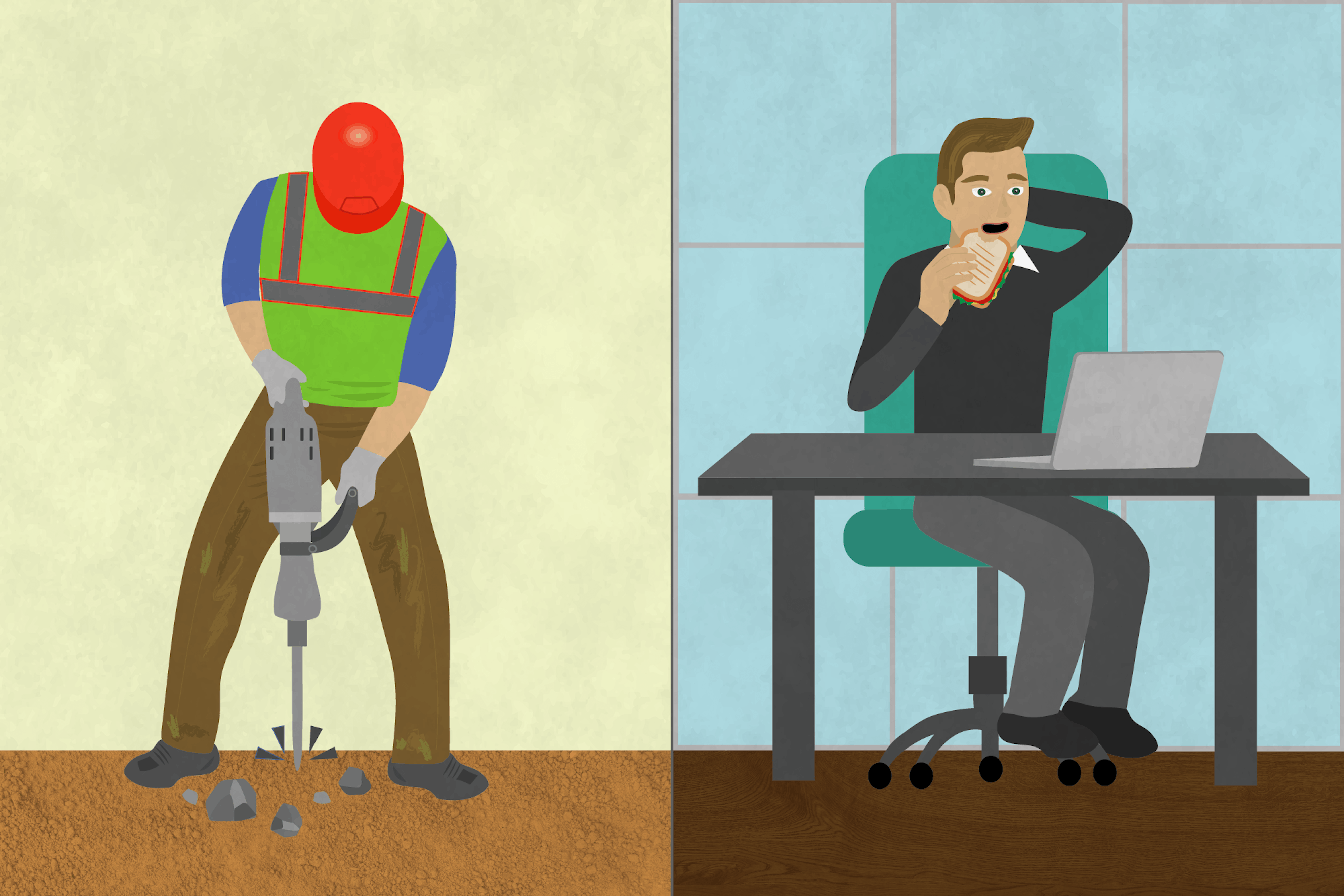
Rachel Moody in an Opinion piece for The Daily Tar Heel:
Part of that is due to the false perception that these minimum wage jobs are low-skill. But they’re not low-skill. They simply require different skills, ones that not just anyone possesses. I dare anyone who thinks so to work a service job for a few months. They’ll quickly realize it’s not just common sense, nor as easy as they think.
Important to remember that every person who does a job deserves our respect.
Thor Pedersen on the lessons he learned on his epic nearly decade long trip - and the one thing that struck me the most - what you want and what you need are not the same thing:
Just about anything can become routine and begin to feel like work – even travelling to every country in the world. It is rare for people to travel constantly for much more than a year because it wears the soul; most long-term travellers return home exhausted to reflect and recharge.
I pushed myself for nearly a decade. Buses, trains, boats, people, food, unpacking, packing, embassies, borders, bureaucracy – a long tunnel of countries. I hit a wall after about two years, but had to push through it to reach my goal. I learned the difference between what I want and what I need. I learned to live on a rock and how to engage in conversation with absolutely anyone. Once I returned home, I realised the only things that had kept their value were the relationships and conversations I had had. Everything else seemed perishable.
Anil Dash sums up my feelings on the AI bubble perfectly:
What’s amazing is the reality that virtually 100% of tech experts I talk to in the industry feel this way, yet nobody outside of that cohort will mention this reality. What we all want is for people to just treat AI as a “normal technology”, as Arvind Naryanan and Sayash Kapoor so perfectly put it. I might be a little more angry and a little less eloquent: stop being so goddamn creepy and weird about the technology! It’s just tech, everything doesn’t have to become some weird religion that you beat people over the head with, or gamble the entire stock market on.

Opposition leader María Corina Machado wins the Nobel Peace Prize.
When authoritarians seize power, it is crucial to recognize courageous defenders of freedom who rise and resist.